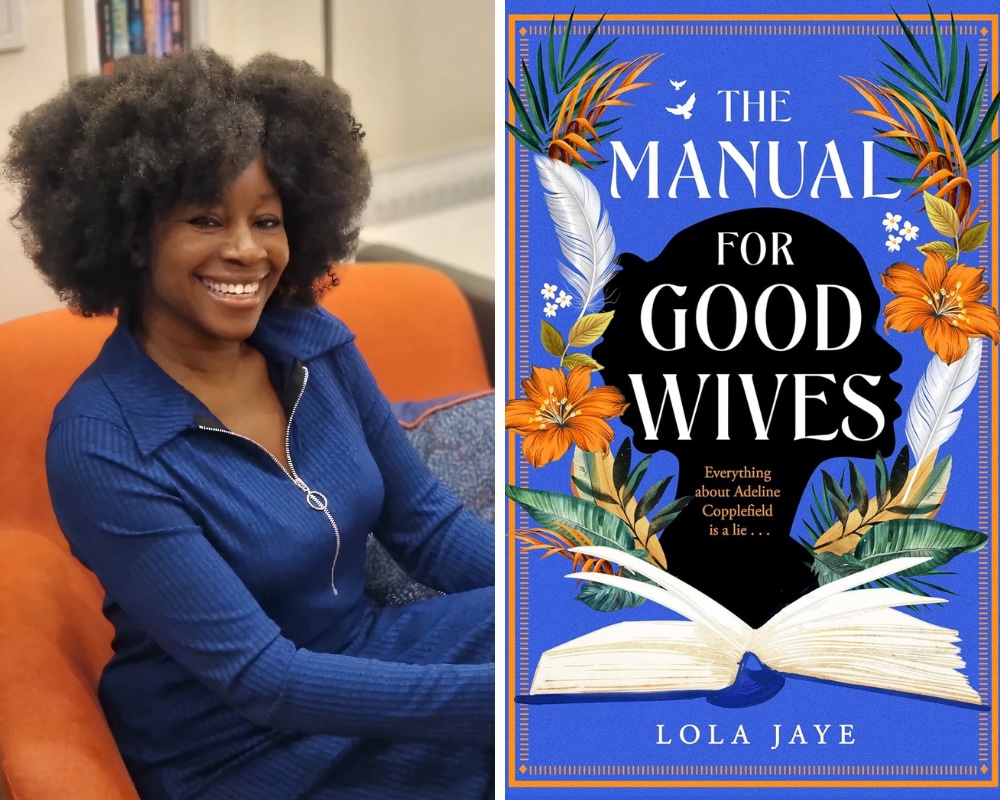Lola Jaye on how her West African Princess Grandmother’s real life romance inspired her dual-narrative Black historical romance

When I began writing my latest novel, I was clear on one thing: It had to ultimately be a love story. Something more reminiscent of Romeo and Juliet. A journey to love without a clear path and filled with total angst, uncertainty and a lot of drama in between! I needed to look no further than that of my own grandparents.
The Manual for Good Wives is a dual narrative novel set in two time periods – present day and the Victorian era. Covering this period in history felt particularly important as not much has been written about the Black experience in Victorian Britain. I also wanted to write about a woman. A heroine that would stand the test of time. A Black Victorian woman of ‘means and good standing’. Of course, my grandmother was born sometime after this period, so inevitably there are only snippets of the story which are based on her. For example, the main character Temi is a West African princess – just as my grandmother was. And like Temi, she was expected to marry who was chosen for her and not the man she truly loved – Olu her childhood sweetheart. Weaving my grandfather into the story as her one true love, Olu was a creative liberty as in real life, my grandparents didn’t meet one another until much later.
Before and during the writing of this novel, I got to sit down with the elders in my family who were able to bring to life the love story of my grandparents. Elders are so very precious. They are our living history and their personal memories are invaluable keys to understanding the past. This lends itself to the practice of oral histories which have been a vital part of African culture and history for centuries. This is where history is passed down through storytellers, who are poets, musicians and historians. It was such a joy to listen to the description of a Nigeria and England of the 1930’s. My uncle even produced my grandfather’s diary, dated 1939. Still in good condition, it was an absolute thrill to actually get to hold an item once held by my ancestor.
The majority of the novel may be pure fiction but writing it has been a way to not only honour my grandparent’s memory, but shed a much needed light on serious issues that affect women and girls. Like, child marriage – a practice that is still legal in parts of the world today. Contrary to the provocative title, the theme of female empowerment runs through the majority of my novel, whilst also examining gender roles in society. In other words, highlighting what it might have been like for women then – and how it is now. In many ways showing how far we’ve come—and how far we still have to go.
The Manual for Good Wives has given me a chance to write a novel I hope will resonate with readers whilst introducing a little bit about my own history.
The Manual for Good Wives is published by Macmillan on 20 February 2025


